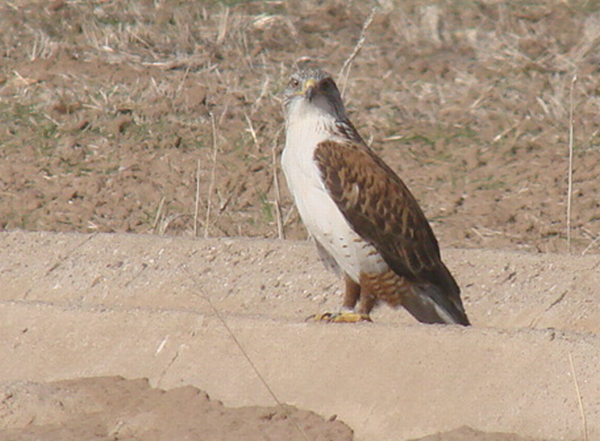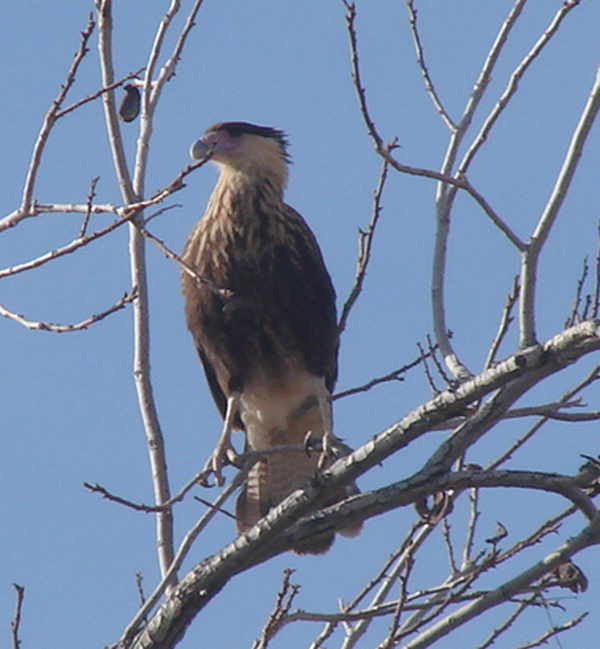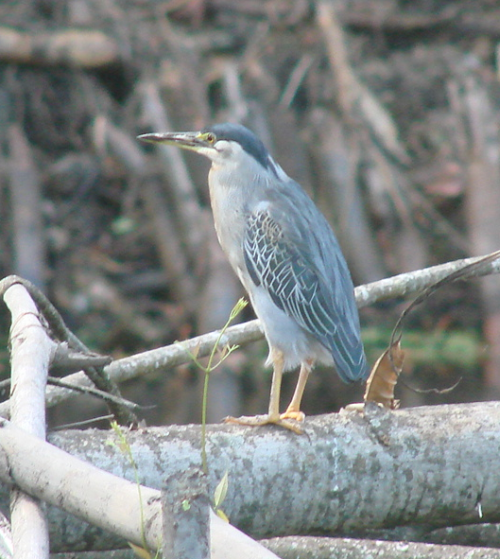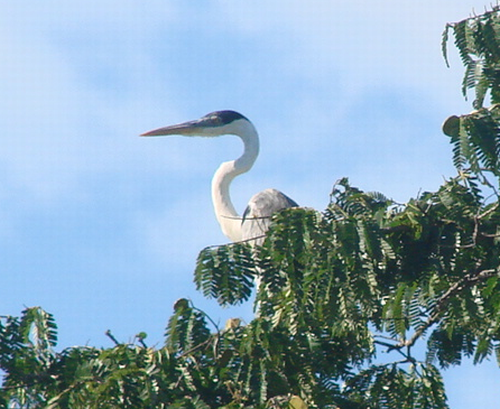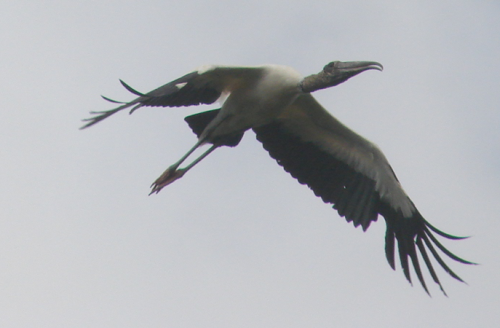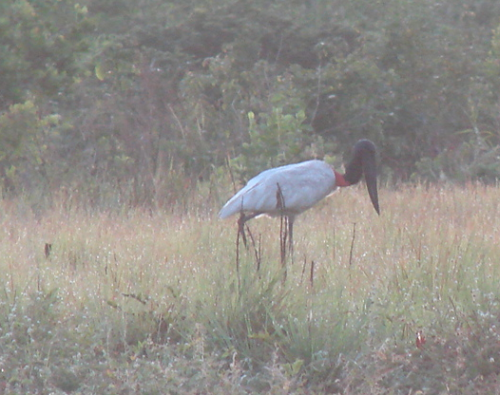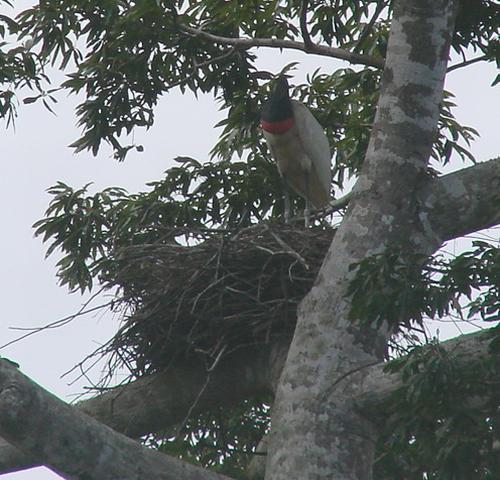Like many clubs around the country, Tucson Audubon runs a “birdathon” fundraiser every spring. This year, Aimophila Adventures and WINGS donated a prize: a day’s guided birding in southeast Arizona. As I pondered the category in which the prize should be awarded, though, it occurred to me that the birders who usually emerge triumphant in such competitions really wouldn’t need a day with me at all. But we still wanted to support TAS; so what to do?
In a stroke of genius that still surprises me, I had an idea: give the prize to the birdathon participant who scores the most lifebirds on the big day. That way, enthusiasm and effort would be rewarded, but the recipient of the prize would likely be someone who might benefit a little from some of the birds we might find together. As it turned out, the winner was Carsten, an irrepressible 11-year-old birder from Tucson who already had two years of birding under his belt, but still had a long list of avian desiderata that I could help him with.
Carsten and his father, Troy, met me yesterday morning in the dark, and we headed north and west to the Santa Cruz River. Our first order of business was to drive slowly along the irrigation ditches, where my two staked-out localities produced a total of 4 Burrowing Owls; it was a blast to watch the pupils of their eyes contract as their heads swiveled to look into the rising sun! The last of the owls was watched over by an adult Ferruginous Hawk on a pole, one of only two of that regal species we saw all day.
On to the Marana Pecan Grove. I wasn’t holding out much hope for target birds there, but among the few species we did encounter was a mixed fringillid flock containing at least 4 American Goldfinches (quite uncommon this far south in Arizona) and the day’s first Great Horned Owl.
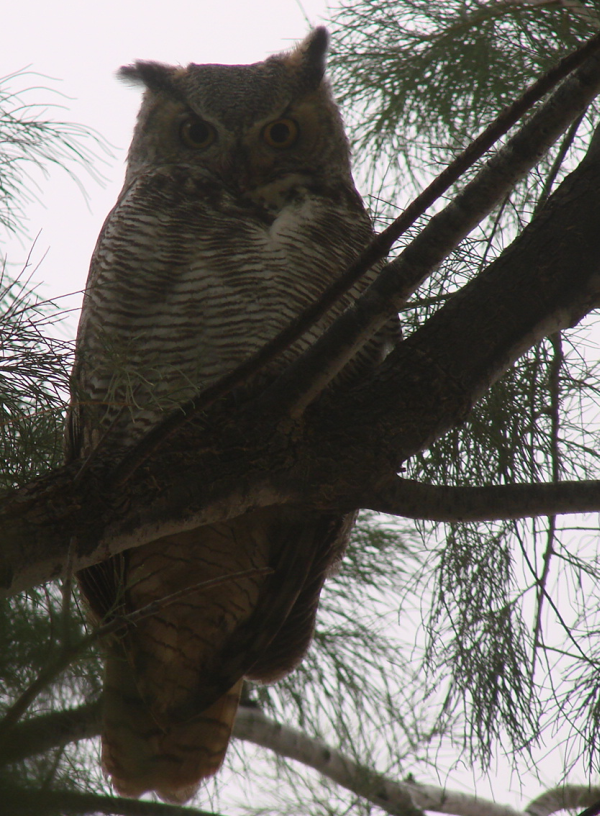
The Red Rock feedlot was a minor disappointment (what’s with me and Ruddy Ground-Doves this winter?), and the Santa Cruz nearby was shockingly quiet, nothing but a few Black Phoebes and Song Sparrows to break the silence. Things looked up, though, as we left Red Rock and headed out onto the Flats proper; our first flock of Lark Buntings covered the road some 350 strong, and we ran into the day’s first Prairie Falcons and the only Merlin of our outing, a lovely little male Richardson’s, all blue and buff.
We missed Bendire’s Thrasher at the Pinal Gypsum Tank (sadly, in fact, I couldn’t find one all day!), but the corner there was alive with Eurasian Collared-Doves, Abert’s Towhees, Orange-crowned Warblers, and the other usual residents of a wintertime oasis. We walked back along the heavily vegetated ditch to see if we could turn up anything different; more Red-shafted Flickers for the day’s tally, a Verdin here and there, but nothing out of the ordinary until Carsten noticed a long green feather on the ground. Then a red one, then a blue, then a yellow: one of the great macaws had met its maker in the open desert, an exotic treat for a bobcat or a Cooper’s Hawk! I’d really like to know the story behind that one.
As we pulled away, I remarked that we were entering caracara country, and no sooner had I shut my prattling mouth than Troy pulled to a quick stop. Two Crested Caracaras stood on the newly harrowed field among the Common Ravens, and when we set up the scope and started searching, we eventually counted 9 caracaras out in the deeply furrowed dirt. I don’t think I’d seen more than 1 or 2 at a time in that area this winter (unlike last winter’s bonanza), so this was a very heartening sign, and the sighting ticked off another lifer for Carsten. More surprising was a flock of 5 Sandhill Cranes headed south over the river there, a first for me on the Santa Cruz flats.
One eye on the clock, I decided to head straight for Western Sod at that point. At first glance, we didn’t turn up anything but a few Killdeer and Least Sandpipers; but a hint of movement out on the dry field caught my eye, and the scope revealed a nice little flock of 29 Mountain Plovers.
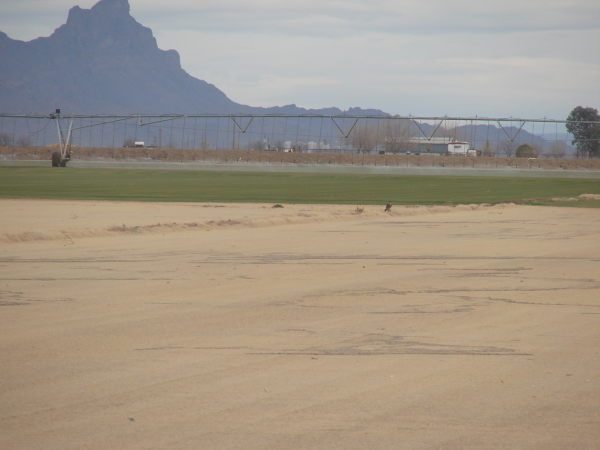
They’re out there, and they eventually came in fairly close, thanks to the efforts of that black blob perched out there next to the green.
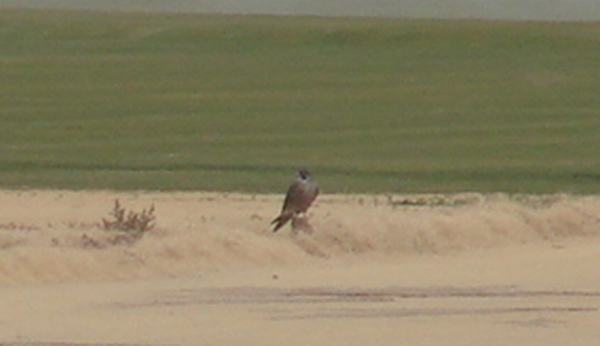
This snazzy juvenile was our only Peregrine Falcon of the day, and the plovers would probably have worried about him more had his crop not been visibly full (full of plover on toast, perhaps?).
The cloudy day made it seem later than it was when we headed for our final stop, Casa Grande, but we got to the now famous golf course there with no problem. The Snow Goose and the sleepy Long-tailed Duck (a young male, not a female, as I think I first reported) were easy to find.
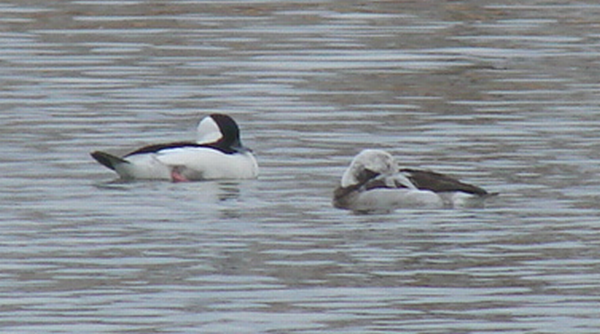
But where was our target, the “easy” bird, the “can’t-miss rarity” I’d been keeping up my sleeve all day? It took us several minutes, but finally Carsten’s eagle eye picked the bird out from beneath the dense vegetation on the shore. Eventually, the Northern Jacana worked its way ’round to the open bank, where we watched it at our leisure, even enjoying its flight pattern when it fluttered unconcernedly on the approach of some less skillful golfers.
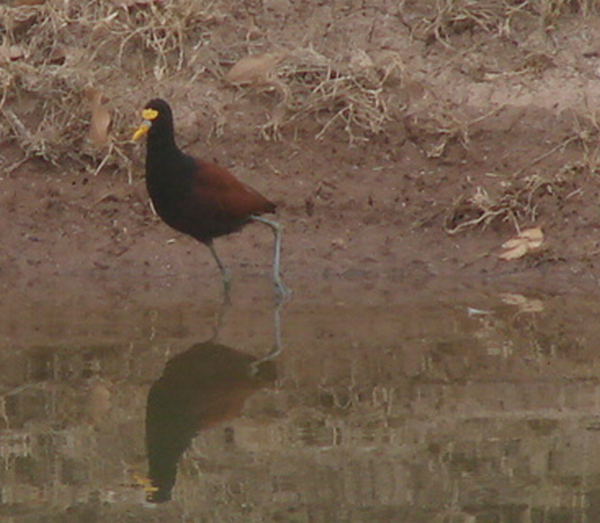
A fine bird to end the day with (and note that my photos are getting marginally better, perhaps). But the best part of the day was birding with Carsten and Troy, and I’m looking forward to more of it when we can all get together again. I have a strong feeling that Carsten may well win in another birdathon category in 2008!
